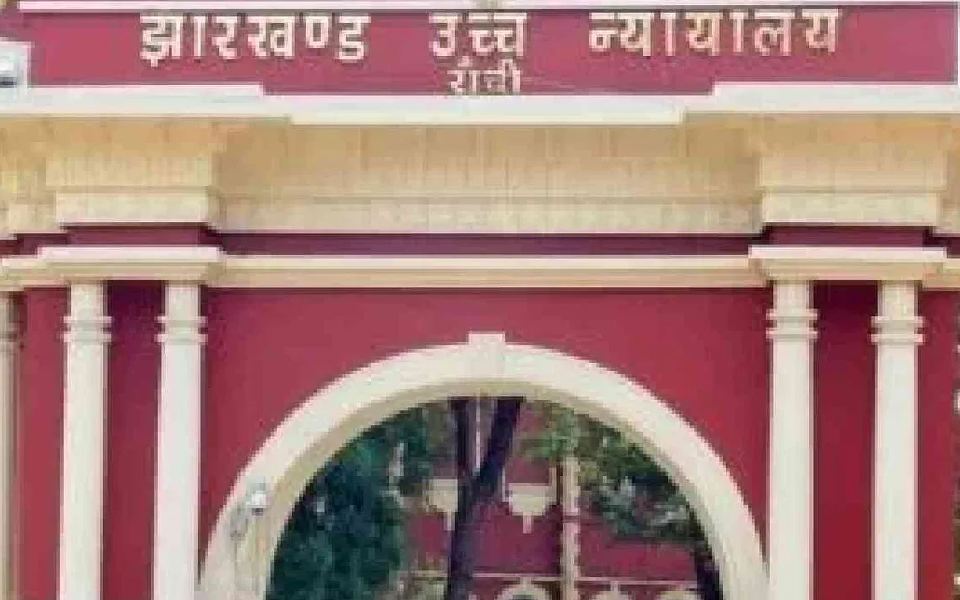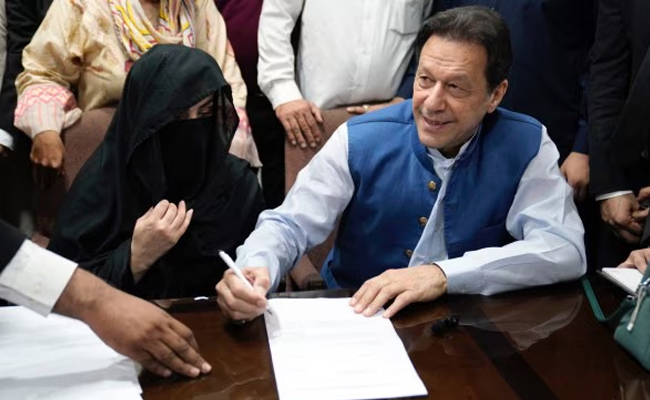Ranchi, Apr 26 (PTI): The High Court of Jharkhand has observed that calling a tribal "an adivasi" will not constitute an offence under the Scheduled Castes and Scheduled Tribes (Prevention of Atrocities) Act.
Justice Anil Kumar Choudhary, while hearing a criminal writ filed by one Sunil Kumar, has held that in order to constitute an offence punishable under the SC/ST(POA) Act, the victim ought to be a member of a scheduled caste or a scheduled tribe.
The word "adivasi" is not a tribe as per the schedule provided in the Constitution of India, and unless the victim comes under the list of the scheduled tribes noted in the Constitution, no case under the Act can be made out against the accused, the court observed.
The court was hearing the petition of Kumar, a public servant who had challenged an FIR, registered against him with the Dumka Police Station.
The victim, who lodged the FIR, happens to be a member of the scheduled tribe.
The victim mentioned in the FIR that she had gone to meet Kumar in his office to serve an application under the Right to Information Act.
Kumar had allegedly refused to accept the application and is said to have called the victim an "insane adivasi".
The woman also alleged that Kumar drove her out of his office and humiliated her.
Kumar's counsel Chandana Kumari argued before the court that he had not mentioned the woman's specific caste or tribe that she belongs to and only used the word "adivasi".
This cannot be an offence, Kumari argued.
She also stated that the FIR has been registered under the SC/ST Act.
The court observed, in its order passed on April 8, that continuation of the criminal proceedings against Kumar, who is undisputedly a public servant, will amount to an abuse of process of law.
The court quashed the FIR and set aside the proceedings arising out of the case.
Let the Truth be known. If you read VB and like VB, please be a VB Supporter and Help us deliver the Truth to one and all.
New Delhi: Gurugram Police have arrested BJP Yuva Morcha member Hariom Mishra, for allegedly spreading a fabricated and communally sensitive story on social media about the murder of a college student in Gurugram.
Mishra who is also known as Shaurya Mishra had shared a collage of four photographs on his X handle earlier this month. He claimed that a 24-year-old college student, identified as Nikita Agarwal, had been murdered by her classmate Arif Khan in Gurugram. In the post, he alleged that the woman was blackmailed, forced into prostitution, gangraped, and eventually killed. He also claimed that Arif dumped her body in a forest. The claims were presented as being based on police sources.
The post went viral and garnering over 1.5 lakh views, and was amplified by several right-wing social media handles across X, Facebook and Instagram. A verification of the claims revealed that no such incident had taken place in Gurugram. A search of credible news reports showed no record of any such murder. The police said this news would have inevitably attracted media attention if it were true.
On December 11, Gurugram Police publicly refuted the claims through their official X handle. They stated that the information which was being circulated was completely false. The police warned that legal action would be taken against those spreading misinformation. Despite the warning, Mishra neither deleted the post nor issued any clarification.
Police in Gurugram confirmed Mishra's arrest on December 16. The police said a FIR was filed after he continued to spread false information about the alleged murder of a Hindu woman by Muslim man. Police said Mishra, a resident of Uttar Pradesh's Kaushambi district, is now being investigated.
Gurugram Police spokesperson Sandeep Singh told The Print that the accused had deliberately misrepresented facts and used objectionable content to spread hatred along religious lines. “Such posts can create serious disturbances in society, and the police take these matters very seriously,” he said.
A reverse image search conducted by fact-checkers at Alt News, revealed that the photographs used in the viral post were unrelated to the claims, while two of the images were traced to a Pinterest account belonging to influencer Maulik Chopra and another image was sourced from an Instagram post by influencer Shivam Thakur featuring a woman named Deepanshi Rawat. The fourth image was found on an unrelated Instagram page. The images depicted different individuals and had no connection to any crime.
Police said they are also investigating Mishra’s motive behind sharing the false and provocative content.





